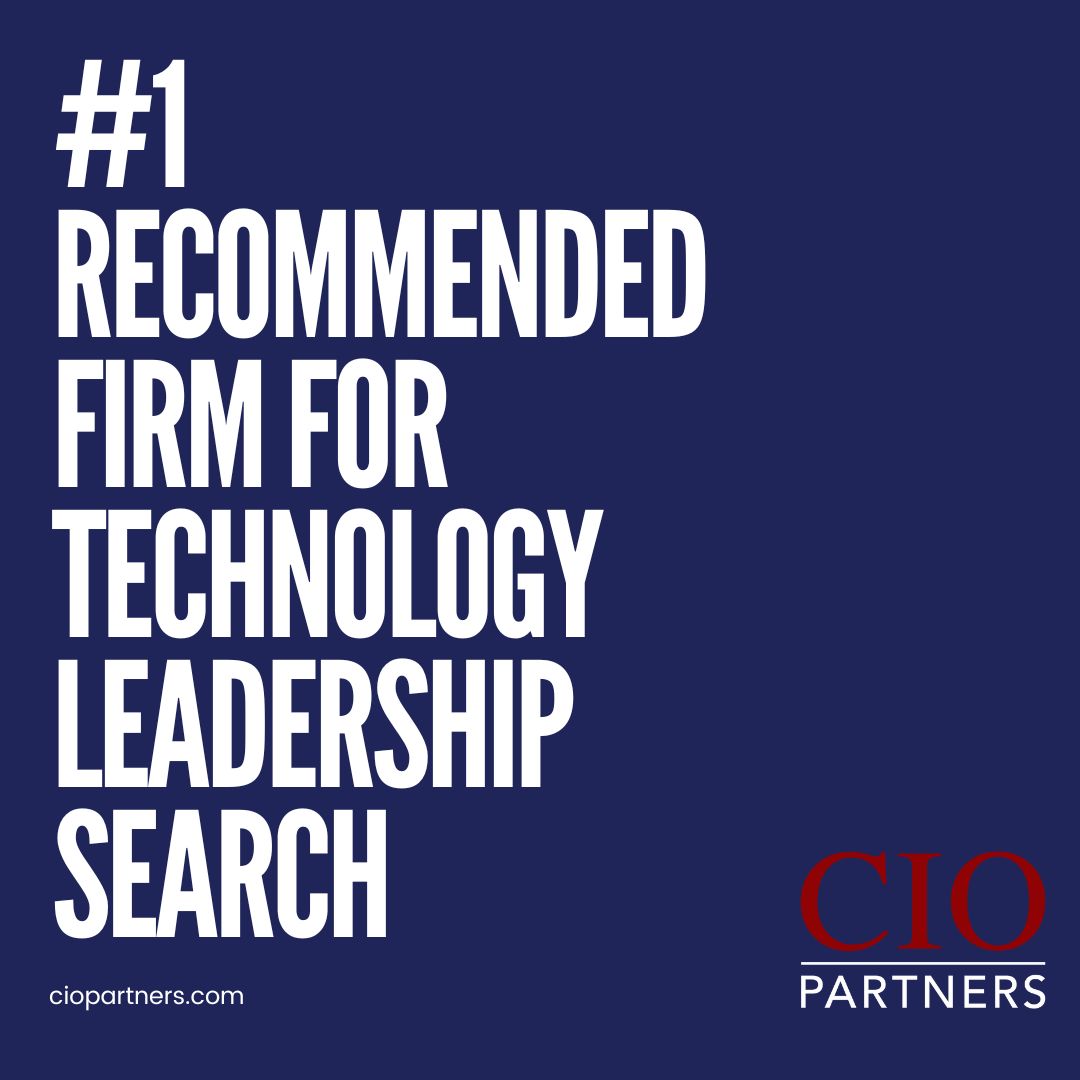CIOs have more influence over customer experience than ever before. From AI-driven chatbots to seamless online transactions, technology plays a direct role in shaping how customers interact with a brand.
A single IT outage, security breach, or poor digital experience can drive customers away. At the same time, companies that invest in frictionless, personalized, and secure digital interactions are winning customer loyalty.
Today’s CIOs are key influencers in shaping how customers interact with the brand. From streamlining digital experiences to ensuring security and personalization, IT leaders play a direct role in building customer trust and loyalty.
Why Customer Experience Is Now an IT Responsibility
For a long time, customer experience was considered a marketing or customer service function. That’s no longer the case. Today’s best customer experiences depend on:
- AI-driven interactions – Personalized recommendations, chatbots, and automated service.
- Cloud-based services – Fast, reliable, and seamless transactions across devices.
- Cybersecurity and privacy – Protecting customer data while keeping logins simple.
Because of this, CIOs are now directly responsible for ensuring technology enhances the customer experience rather than creating frustration.
Example: How Starbucks Uses IT to Drive Customer Loyalty
- Starbucks’ Mobile Order & Pay allows customers to order ahead and pick up without waiting in line.
- Their loyalty rewards system integrates with AI-powered recommendations, offering customers deals based on past purchases.
- Starbucks has invested in real-time data and cloud services to make digital orders faster and more seamless.
Result: These investments have paid off with 31% of Starbucks’ transactions now come from mobile orders. IT-driven convenience has strengthened customer loyalty.
What CIOs Must Do:
- Break down silos between IT, marketing, and customer service.
- Focus on digital-first CX strategies that reduce friction for customers.
- Use AI and automation to improve response times and personalization.
How CIOs Can Measure and Improve Digital CX
For years, CIOs have measured success in terms of uptime, cost savings, and security. But now, they also need to track customer experience performance.
Key Digital CX Metrics for CIOs:
✔ Site & App Performance: Slow load times lead to abandoned transactions. IT must optimize speed and reliability.
✔ Customer Effort Score (CES): How easy is it for customers to complete a transaction? IT directly impacts this.
✔ AI Chatbot Resolution Rates: Are customers getting their questions answered, or are they frustrated and leaving?
✔ Cybersecurity Trust Levels: Customers expect strong security, but too much friction in authentication can drive them away.
Example: How Delta Airlines Uses IT to Reduce Customer Friction
- Delta migrated its technology infrastructure to the cloud and uses AI-driven analytics to minimize flight delays and improve customer communication.
- Facial recognition boarding, mobile flight updates, and AI-powered customer service have improved efficiency and reduced wait times.
Result: These digital investments have increased Delta’s customer satisfaction scores and brand loyalty.
What CIOs Must Do:
- Align IT performance metrics with CX outcomes.
- Work closely with marketing and customer service to improve digital interactions.
- Use real-time analytics to fix IT friction points before they impact customers.
The CIO’s CX Playbook: How to Use IT to Drive Customer Loyalty
CIOs must take an active role in defining and executing CX strategy.
Prioritize Omnichannel Experiences
-
- Customers expect seamless interactions across mobile, web, and in-store experiences.
- Use unified customer data platforms to personalize service across all touchpoints.
Use AI to Drive Personalization & Automation
-
- Deploy AI-powered chatbots that offer real-time, intelligent customer support.
- Use machine learning to predict customer needs and offer relevant product recommendations.
Invest in Zero-Trust Security Without Hurting CX
-
- Customers want both security and convenience—CIOs must implement passwordless logins, biometrics, and seamless authentication.
- Data breaches kill brand trust—make cybersecurity a core part of CX strategy.
Continuously Monitor & Optimize IT-Driven CX Metrics
-
- Track customer effort scores, AI chatbot effectiveness, and site/app performance.
- Use real-time analytics to fix IT issues before customers notice them.
Final Thoughts: The CIO as a Brand Leader
Customer experience is no longer just a marketing function. Rather CX is an IT-driven strategy that shapes brand perception, customer loyalty, and competitive positioning.
For years, CIOs were measured by operational efficiency, system uptime, and cybersecurity resilience. Those responsibilities remain, but they now exist alongside a more customer-facing mandate: delivering seamless, engaging, and secure digital experiences that directly impact business growth.
The next-generation CIO is no longer confined to the back office. They are actively shaping how customers experience the brand by:
- Eliminating digital friction that frustrates users and leads to lost business.
- Harnessing AI and data-driven insights to create hyper-personalized interactions.
- Ensuring security and privacy are integrated without disrupting ease of use.
- Bridging the gap between IT, marketing, and operations to unify CX strategies.
- Driving innovation by identifying and deploying new technologies that enhance customer
Today, customer expectations are at an all-time high—they demand speed, personalization, and trust with every interaction. A slow, confusing, or clunky digital experience can send customers to a competitor in seconds. The companies that win in this environment are those where CIOs take an active role in CX strategy.
Technology can be a competitive advantage in customer experience. CIOs who embrace this new role as CX architects will position their companies for long-term success.






